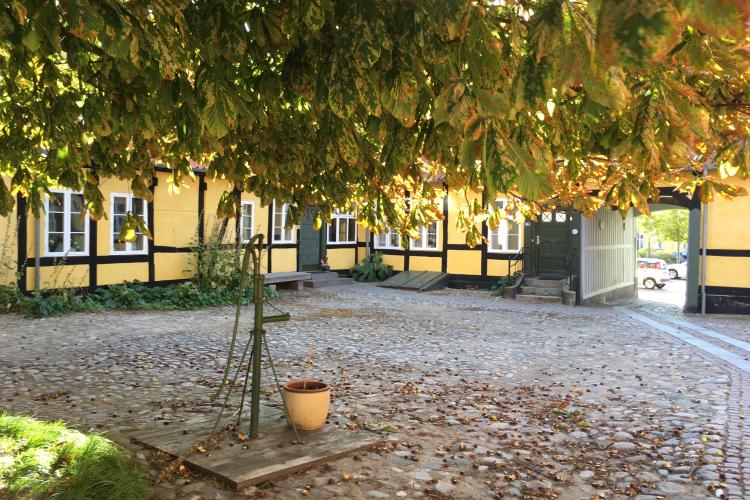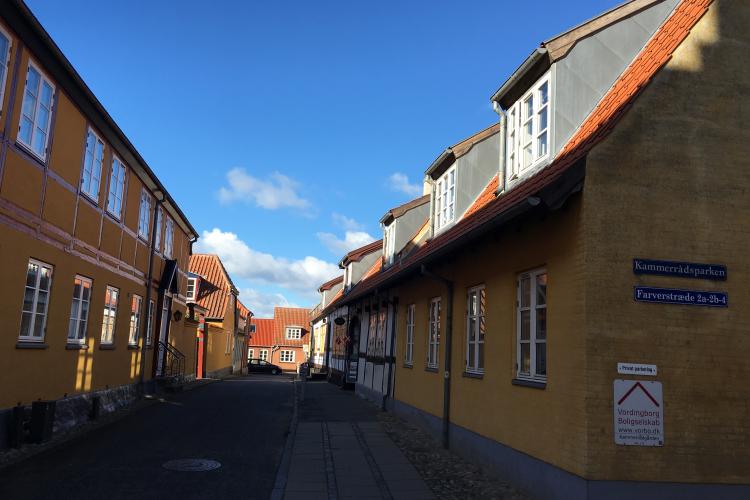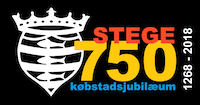Old merchant's house
Now, you are standing in one of Stege’s most significant merchant houses, which has spread over the entire ground plot around the town square and Dragestræde since the 18th century. Here, large coal stocks and iron of all sorts were stored in the numerous buildings which also included stables, barns, space for carts and grain storage. To complete the glory of this magnificent building, the eastern warehouse behind the big chestnut tree was built in 1840 and adapted to a distillery and brewery.
There were several of such places in Stege. In a letter from 1814, an older lady wrote to a friend in Copenhagen that ‘initially there were 18 distilleries in Stege, but unfortunately only 11 are currently in operation!’ It was almost a matter of course for the merchants to be self-sufficient with the liquor, as it was expected that the merchant and grocer provided free drinks when the farmers and peasants came in to shop with their lunch packs (a square piece of fabric, bound crosswise to protect their lunch).
During the 1700s, Kammerrådgården belonged to the district revenue officer in Møn. Then, in the first part of the 19th century, it belonged to council chamber Puttfercken (and got the name after his title) and since 1881 the grocery family Carøe. On a part of the grounds, a residential block of buildings was built in 1987, the Kammerråd Park (i.e. park of the council chamber). These new houses complement most beautifully the old buildings. In the 1990s, the old buildings of Kammerrådgården were restored and, together with Kammerrådparken, turned into a very attractive housing environment for retired and disabled people.
Go through the Kammerråd Park (pass house no. 15) and into Dragestræde.





